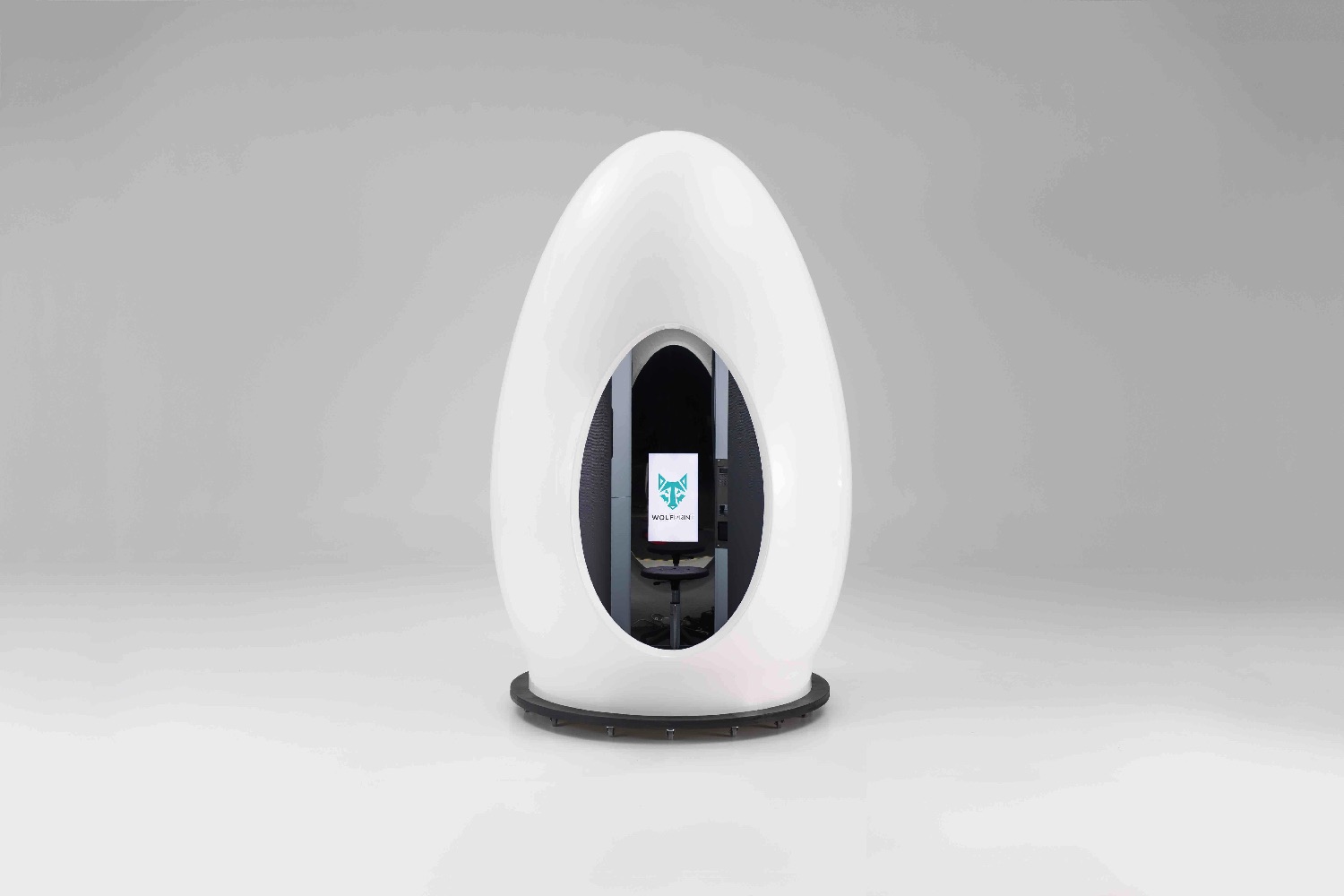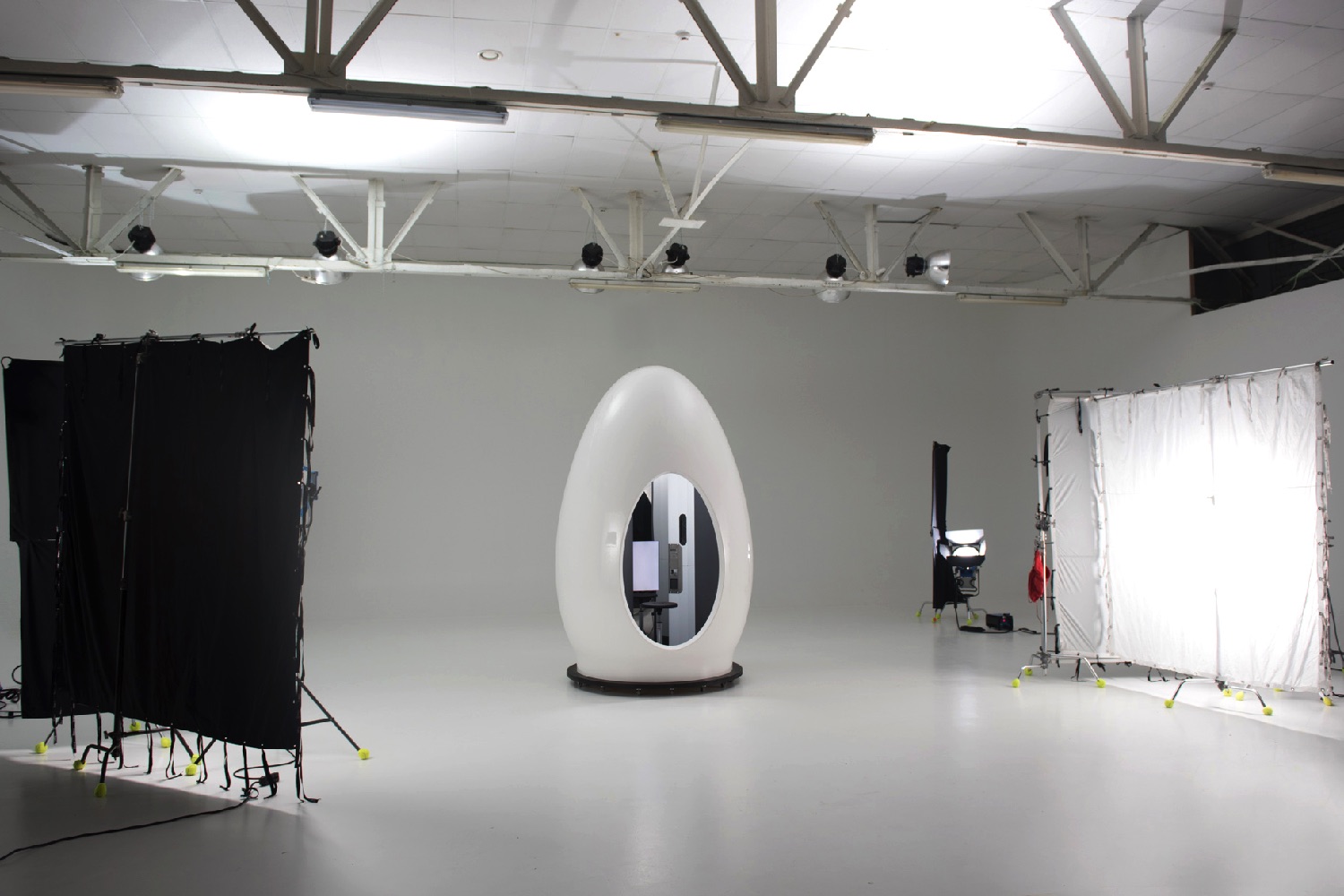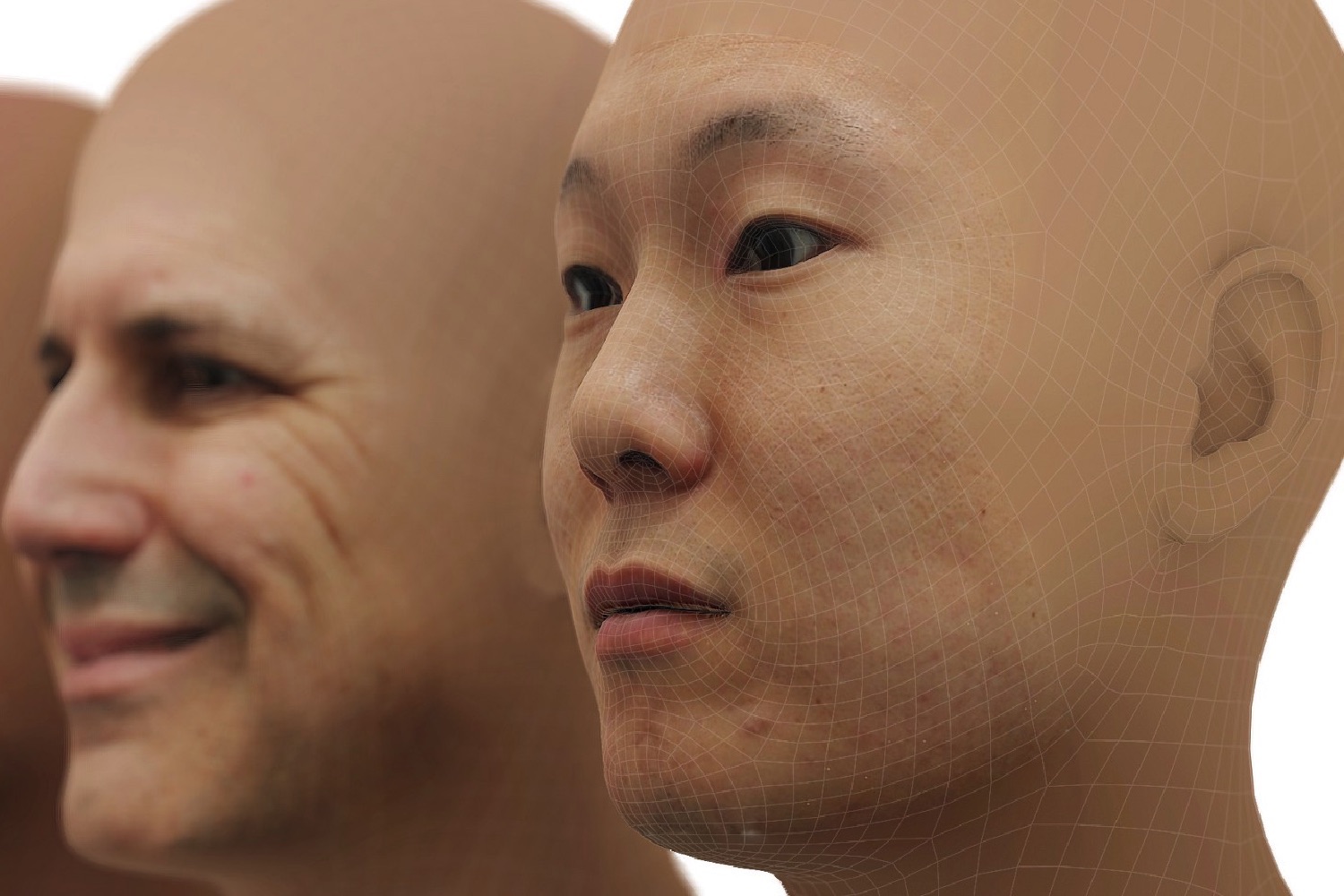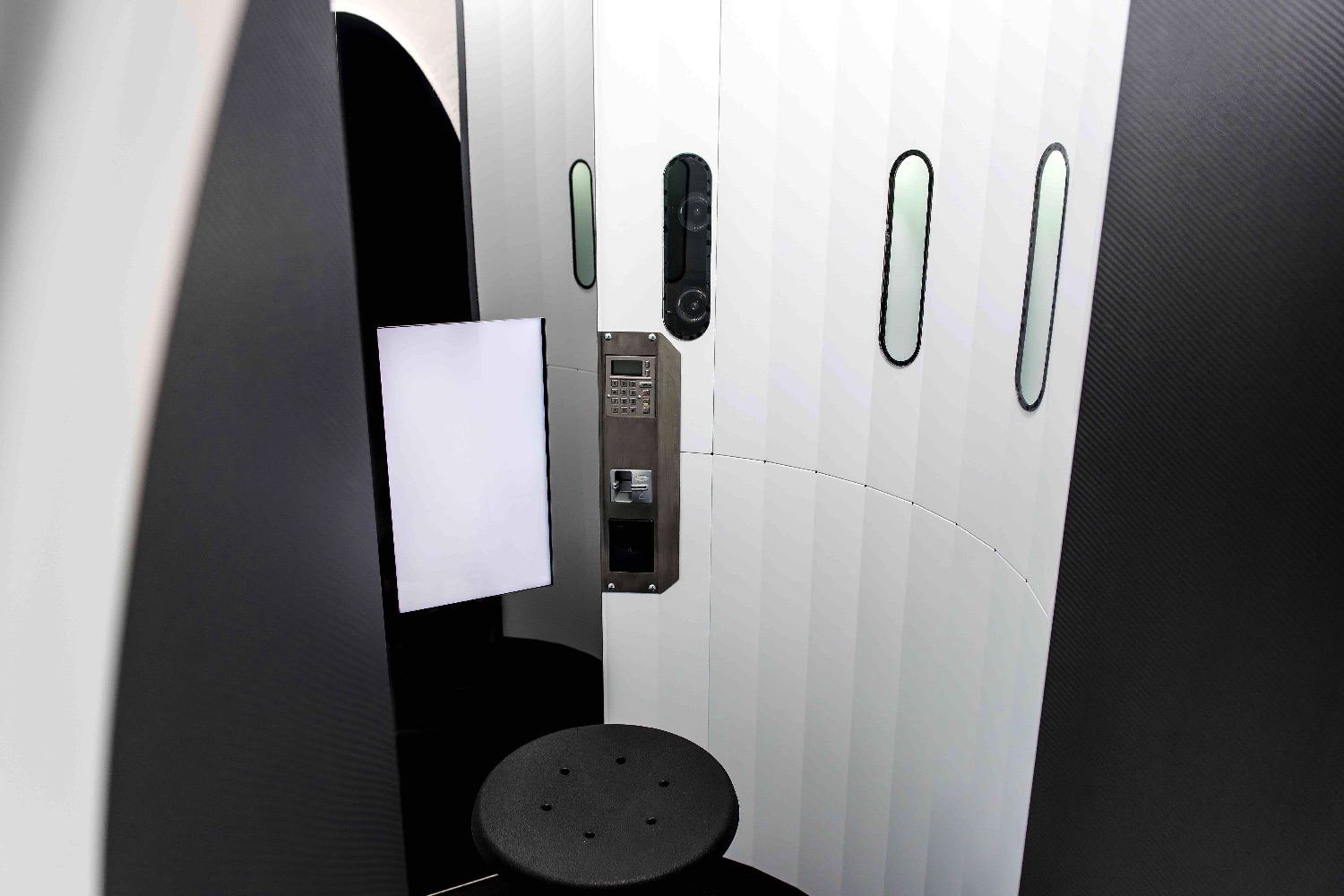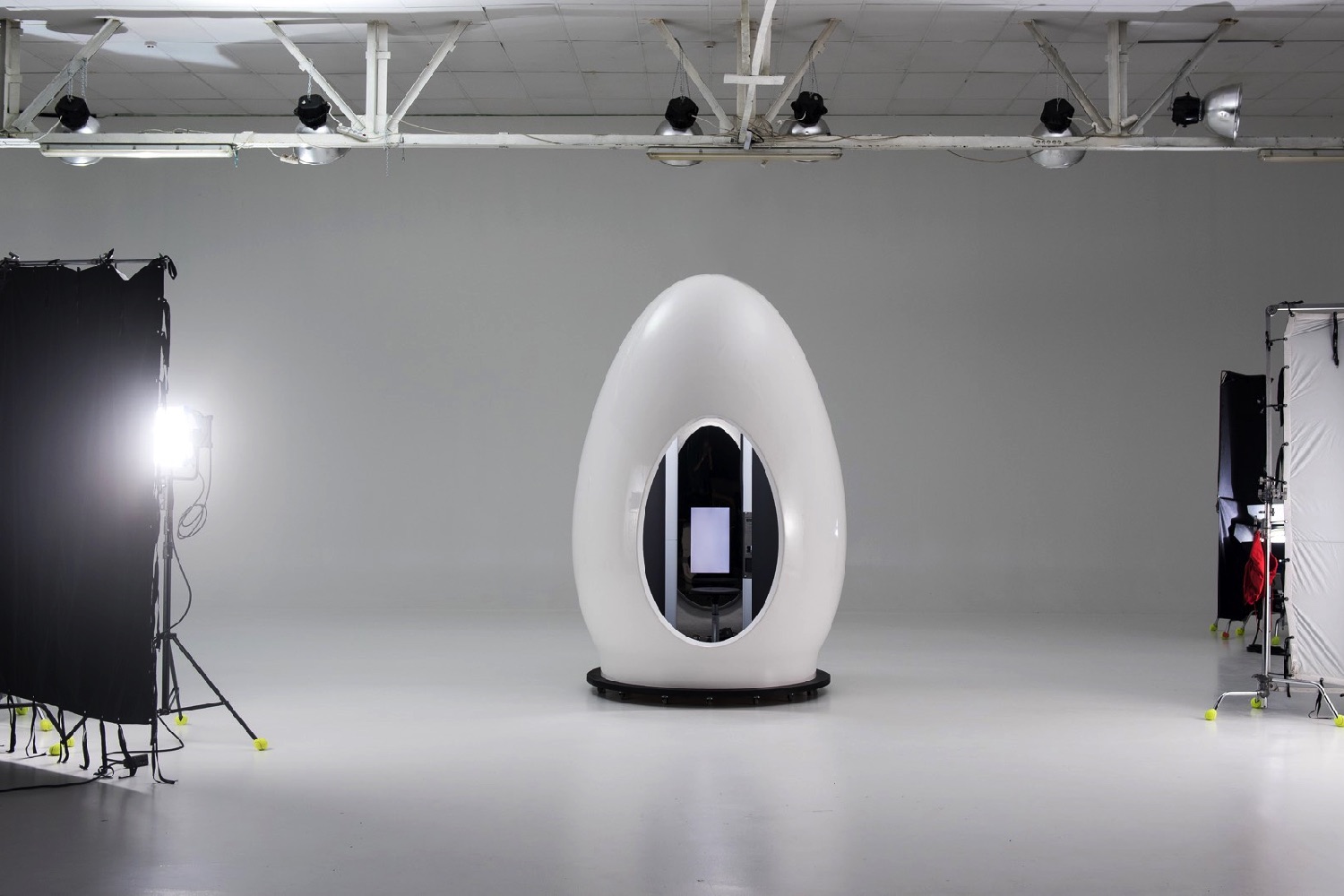It’s the creation of a startup called Wolfprint 3D, and is a kind of next-gen photo booth which offers customers the chance to have themselves 3D-scanned — thereby creating their own ultra-lifelike VR-ready avatars.
“It’s a similar experience to a passport photo booth,” CEO Timmu Tõke told Digital Trends. “You go in, have a few photos taken, and choose the one you like. It’s very quick and intuitive. We think that in a single location, we’ll be able to do 350-400 scans per day.”
The goal of Wolfprint 3D is to capitalize on the arrival of mainstream VR to get similar machines into malls, museums, and other publicly accessible spaces around the world. So far the team has built four “pods,” and are currently in the middle of a round of seed funding, which they hope will allow them to create more.
The hook isn’t just the fact that the scans are astonishingly detailed, but also that they’re affordable.
“Previously, if you wanted to get a high-quality scan of yourself, you’d have to go to a special 3D-scanning studio,” Tõke continued. “That would cost you around $400 for a scan. We started out with a studio like that, but we knew there had to be a better way to do it. What we’ve done now is to build a portable 3D scanner. We can do those same $400 scans, but at almost zero cost.”
It sure sounds like futuristic stuff, but Tõke is convinced that the need for this kind of technology is going to be in-demand sooner than we might think. Mark Zuckerberg has already opined that more than 40 percent of time in VR will be spent on social interactions, which call for realistic avatars. There is similar promise in everything from gaming to retail settings.
“We’re working with some movie studios to look at promotional work,” Tõke continued. “That could be something like turning yourself into a particular character, which can then be printed as a figurine. We also think gaming is a big use-case, since you’ll be able to put yourself into a game and play with your friends. Finally, we’re very excited about connecting people through virtual reality to create more authentic social interactions. You’ll be able to speak with friends, family, or colleagues in the virtual space — but as yourself. That’s the ultimate goal.”
In addition to scanning, the company’s idea is also to add every human scan it takes to a growing database. Through a Wolfprint API, developers can then bring individual “real people” into whatever application they’re creating: presumably in the same way certain apps can currently ask us to use our Facebook profile information.
Over time, Tõke hopes to develop more and more detail for the 3D scans, too — adding in extra details like eye movement, facial animations, and more.
Whether the concept ultimately takes off or not remains to be seen, but it’s definitely an intriguing proposition that we’ll be sure to keep an eye on. “Our goal is to bring humanity into VR,” Tõke concluded.
As missions go, it’s a big one. But it might just prove achievable.
Editors' Recommendations
- 3D printed cheesecake? Inside the culinary quest to make a Star Trek food replicator
- The AnkerMake M5 3D printer brings higher print speeds
- AMD teases performance of its revolutionary 3D V-cache chip
- AMD’s 3D-stacked Ryzen 7 5800X3D is ‘world’s fastest gaming processor’
- Need a last-minute Halloween costume? Check out these 3D-printable getups
